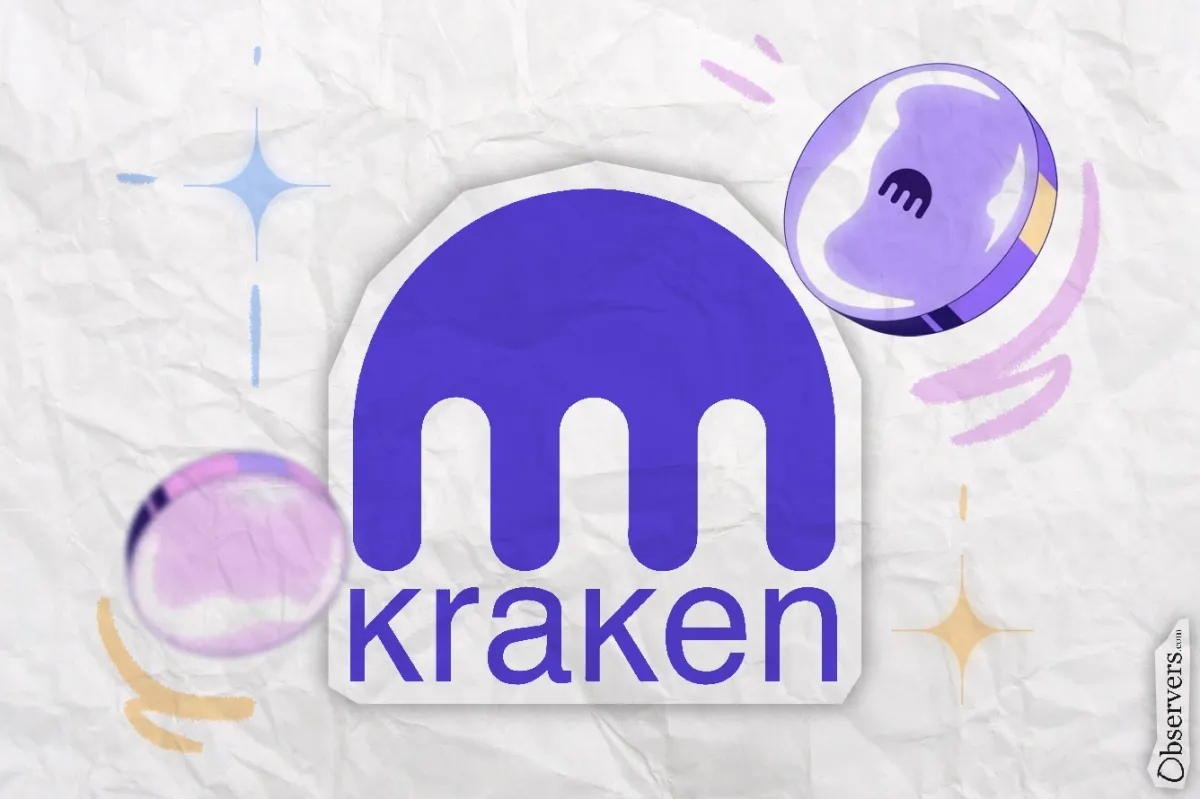
Kraken, a major crypto exchange, recently confirmed its entry into the Layer2 arena with its network built on the Optimism OP Stack, Kraken Ink. The network is expected to go live in early 2025, and the testnet will be available by the end of this year. The team explained that the network is primarily aiming to attract users to DeFi, enhancing and simplifying their experience so that users don’t feel that being onchain is “complex and daunting.”
“It’s a very easy-to-use, Apple-esque experience. Over time, our users will have these two centralized and decentralized ecosystems playing with each other,” – shared Ink founder Andrew Koller.
At its launch, the network will offer over a dozen apps, including decentralized exchanges and aggregators. The founder believes that in the future, the network can become “home to real-world assets and advanced lending apps.” At first, Kraken will manage the transactions on its new blockchain and earn revenue from this. Later, this responsibility will be decentralized, allowing multiple parties to take part. The chain has no plans to launch a native token.
The recently introduced Wrapped Bitcoin by Kracken, an ERC-20 token backed 1:1 by BTC held in Kraken’s custody, can bring greater utility to Kraken’s L2 network and other interoperable networks, allowing Bitcoin to be used in apps that do not support the original blockchain.
In general, Ink’s design is not fundamentally different from that of other L2 solutions, but the fact that it will be promoted by one of the top-tier exchanges might boost its adoption.
The new L2 will join Optimism’s Superchain, a collaborative blockchain infrastructure designed for seamless cross-chain interoperability of assets, which already unites over 15 active networks.
This decision, which has been rumoured since 2023, aligns with the general trend of crypto and even non-crypto companies creating their own L2s. Optimism’s OP Stack has recently become the leader among technology providers for new Ethereum L2 networks. Its Superchain solution successfully addresses concerns over the fragmentation of blockchain space caused by L2s. Coinbase, the controversial Worldcoin, plus two of the oldest technology companies, Sony and Samsung, the largest decentralized exchange on Ethereum, Uniswap, and over 50 other networks have opted for Optimism’s OP Stack.
While press releases usually explain the launch of new L2s by citing higher transaction speed and lower costs, revenue diversification is likely the main reason why exchanges are now building their L2s instead of using existing ones like Polygon or Arbitrum. Coinbase’s experience proved that the model is profitable: in the second quarter of 2024, the exchange earned $53 million in transaction revenue even though the Base sequencer fee revenue was lower in this period. At the same time, the number of transactions on Base grew by 300%, driven by reduced fees.
Kraken’s current monthly trading volumes are relatively low, reflecting a broader market trend. Launching its own L2 might not only be profitable but also can diversify and grow the user base by attracting developers and dApps users. At the same time, the company’s rumored IPO might give Kraken access to new funding and the potential to boost trading volumes by increasing its visibility and trust, following the same path as Coinbase.

